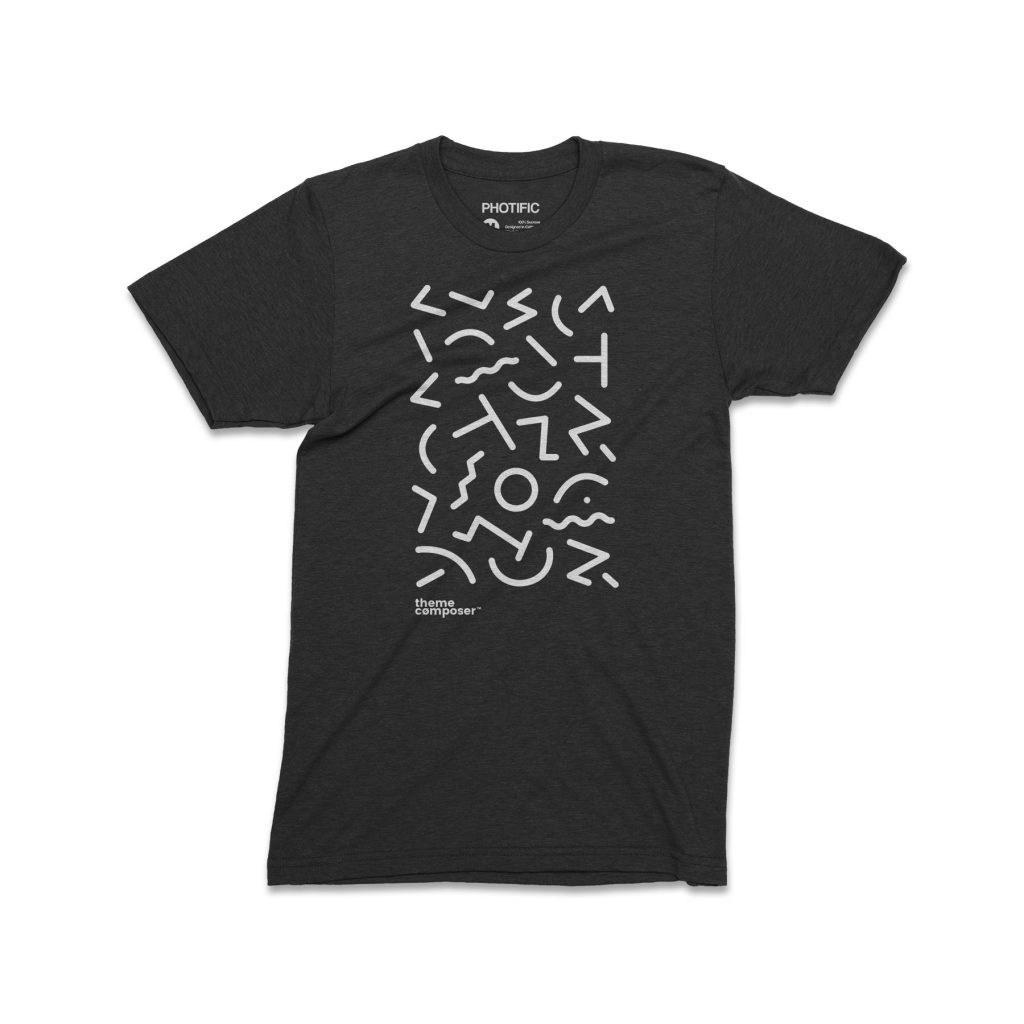Typography is the art and technique of arranging type to make written language legible, readable, and appealing when displayed. The arrangement of type involves selecting typefaces, point size, line length, line-spacing (leading), letter-spacing (tracking), and adjusting the space within letters pairs. The term typography is also applied to the style, arrangement, and appearance of the letters, numbers, and symbols created by the process. Type design is a closely related craft, sometimes considered part of typography; most typographers do not design typefaces, and some type designers do not consider themselves typographers. Typography also may be used as a decorative device, unrelated to communication of information.

SCOPE:
The practice of typography is very broad. Typographical elements may appear in a wide variety of situations, including:
- Documents
- Presentations
- Display typography
- Clothing
- Business communications
- Maps and labels
- Vehicle instrument panels
- As a component of industrial design
- As a component in modern poetry
Typography utilized to characterize text: Typography is intended to reveal the character of the text. Through the use of typography, a body of text can instantaneously reveal the mood the author intends to convey to its readers. The message that a body of text conveys has a direct relationship with the typeface that is chosen. Studies distinguishing between Bouma recognition and parallel letterwise recognition with regard to how people recognize words when they read, have favored parallel letterwise recognition, which is widely accepted by cognitive psychologists. Some commonly agreed findings of legibility research include:
- Text set in lower case is more legible than text set all in upper case (capitals, all-caps), presumably because lower case letter structures and word shapes are more distinctive.
- Extenders (ascenders, descenders, and other projecting parts) increase salience (prominence).
- Regular upright type (roman type) is found to be more legible than italic type.
- Contrast, without dazzling brightness, also has been found to be important, with black on yellow/cream being most effective along with white on blue.
- Positive images (e.g. black on white) make handheld material easier to read than negative or reversed (e.g. white on black). Even this commonly accepted practice has some exceptions, however, for example in some cases of disability, and designing the most effective signs for drivers.
- The upper portions of letters (ascenders) play a stronger part in the recognition process than the lower portions.
ABOUT THEME:
Theme Composer allows building WordPress themes and websites with a fully editable layout without coding. The interface was developed in a special way so you can edit every single element of the header, footer, widgets, posts, shop products and more in minutes with a special visual page builder. Theme Composer is a new era of 100% customizable WordPress themes.
In the nascent stages of European printing, the typeface (blackletter, or Gothic) was designed in imitation of the popular hand-lettering styles of scribes. Initially, this typeface was difficult to read, because each letter was set in place individually and made to fit tightly into the allocated space. The art of manuscript writing, whose origin was during Hellenistic and Roman bookmaking, reached its zenith in the illuminated manuscripts of the Middle Ages. Metal typefaces notably altered the style, making it "crisp and uncompromising", and also brought about "new standards of composition". During the Renaissance period in France, Claude Garamond was partially responsible for the adoption of Roman typeface that eventually supplanted the more commonly used Gothic (blackletter). Roman typeface also was based on hand-lettering styles
ADVERTISING:
Typography has long been a vital part of promotional material and advertising. Designers often use typefaces to set a theme and mood in an advertisement; for example using bold, large text to convey a particular message to the reader. Choice of typeface is often used to draw attention to a particular advertisement, combined with efficient use of color, shapes, and images. Today, typography in advertising often reflects a company's brand. Typefaces used in advertisements convey different messages to the reader, classical ones are for a strong personality, while more modern ones may convey clean, neutral look.

